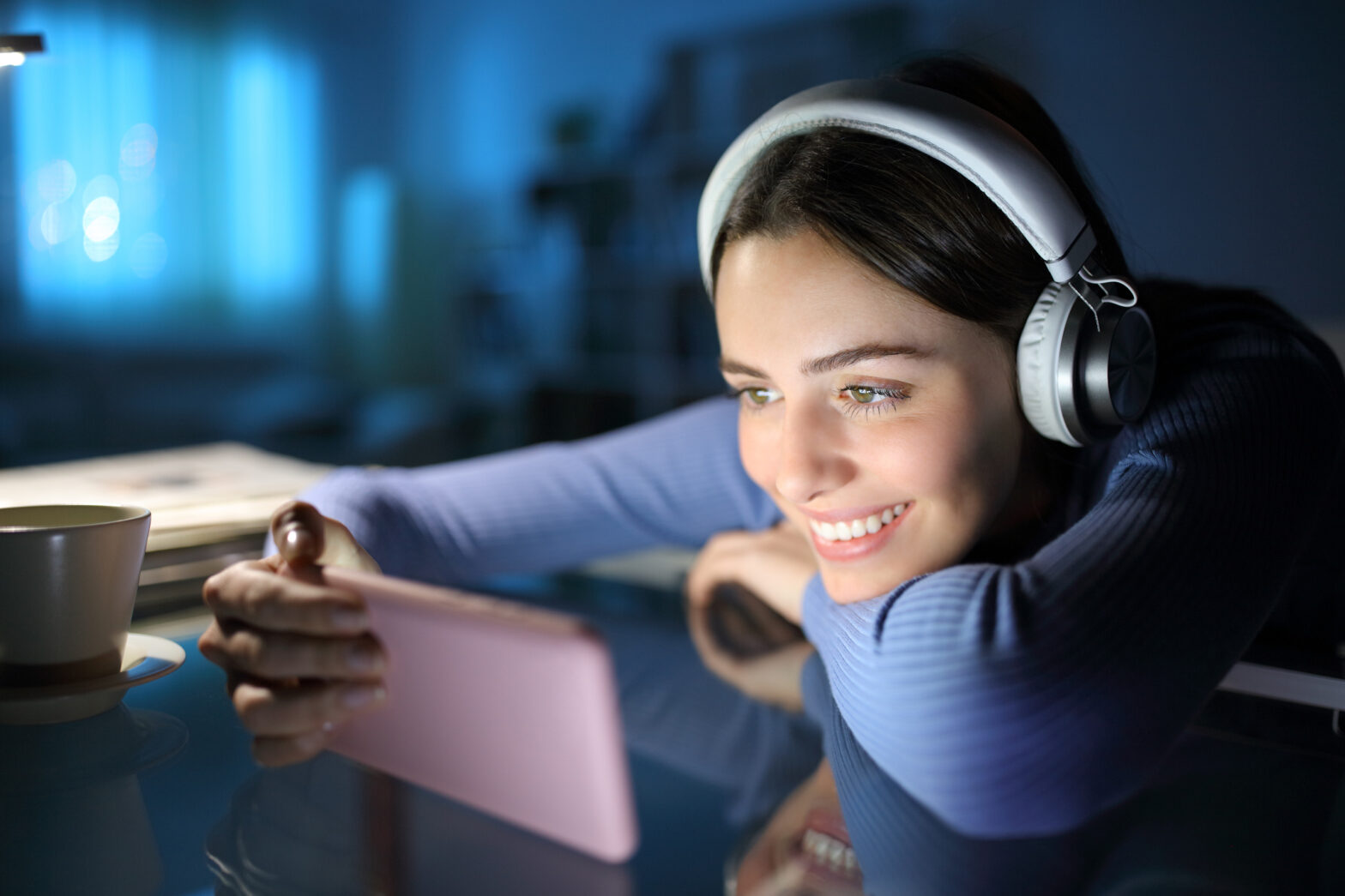ASMR video as part of an advertising campaign is proving to be a good way to increase brand awareness.
Running and splashing water, putting a warm towel on one’s face, massaging the head - all of these are things that can make people feel very comfortable. In addition, it is also possible to transfer these pleasant feelings onto the audience or spectators through well-chosen sounds. And as the example of the advertising campaign of the American men's barbershop chain Sport Clips shows, the ASMR elements mentioned above can also help to increase brand awareness.
ASMR, or Autonomous Sensory Meridian Response, refers to a slightly euphoric and pleasurable experience similar to a tingling of the skin or a shiver that spreads throughout the body. People can experience this blissful sensation from a variety of stimuli, such as watching videos of someone running their fingers over fabric, combing their hair, or even whispering. For several years now, there have been countless ASMR videos on the internet that have had millions of views. So it's no surprise that brands have taken notice, of course.
Five years ago, ASMR was used by Ikea in the US market to promote its range of student room equipment. In the nearly 26-minute video, viewers could watch someone make a bed, smooth a sheet or fluff a pillow. And, as the comments below the video, which now has 3.2 million views on YouTube, show, many people actually watched it to the end and enjoyed how relaxed they were afterwards. On average, people spent four minutes and 40 seconds on the video. In the first week of the campaign alone, the campaign received over 88 million organic impressions and sales increased by 27% compared to the previous period.
Another brand that flirted with ASMR was Zippo lighters. They let people who had no experience with ASMR before create an ASMR video in their ad five years ago. They were able to use the typical sound of a lighter opening, the flame igniting or the iconic click. „The unmistakable click of the Zippo lighter has been familiar to people for decades, and our research also revealed that more than three-quarters of adults would instantly recognise the sound,“ explained Lucas Johnson from Zippo's global marketing at the time, adding that the lighter had already become a natural part of ASMR videos before the campaign.
Four years ago, elements of ASMR even made it into a Super Bowl ad when it was used by the beer brand Michelob Ultra. In collaboration with actress Zoe Kravitz, the company promoted its then-new Pure Gold beer to the sound of whispers, fingers tapping on a glass bottle, a cork popping or beer pouring into a glass. The campaign was seen by 113 million viewers during the US football finals alone, plus 20 million viewers at the Grammys, where the ad was also deployed, and 14 million views on YouTube.
In the Czech market, ASMR was previously used by the now defunct cider brand Kingswood from the Plzeňský Prazdroj portfolio. In its campaign called “Krasozimění”, it tried to evoke feelings of joy and relaxation through auditory sensations - for example, cider being poured into a pot or a fire crackling.
This year, ASMR took inspiration from the aforementioned Sport Clips network, which inserted sounds that are typical of its core service - washing hair, applying shampoo to hair or placing a heated towel on shoulders and face - into its 30-second spot. „We wanted to really go deep into the customer experience and bring it into a 30-second scenario,“ said the company's marketing director Danielle Linden, adding: „We communicate our core service as relaxation. That's exactly how people perceive ASMR.“ The bet on ASMR has clearly paid off - brand awareness increased by 15% 48 hours after the campaign launched, and brand popularity increased by 2%. Half of the target group said they were reassured by the ad, and 43% felt it had captured their attention.
Auditory perceptions are extremely important. As Scott Simonelli of Veritonic, the agency involved in the Sport Clips campaign, points out, bad sound - for example, fingernails scratching on a whiteboard - can create very unpleasant feelings. The agency collected the sounds directly from barbershops over several days, using artificial intelligence to select the voice for the voiceover so that it was appropriately soothing. „Audio represents rich content. It's not static and it gives people goosebumps,“ Simonelli said.
Source: mediaguru.cz

